If I had taken my WSET Level two course before last year’s Christmas and had learnt to read wine labels, I would have shopped smarter when choosing wines for the family gathering. This Christmas, I will read labels thoroughly when deciding what to buy rather than just grab the wines that the handsome shop assistant recommends.
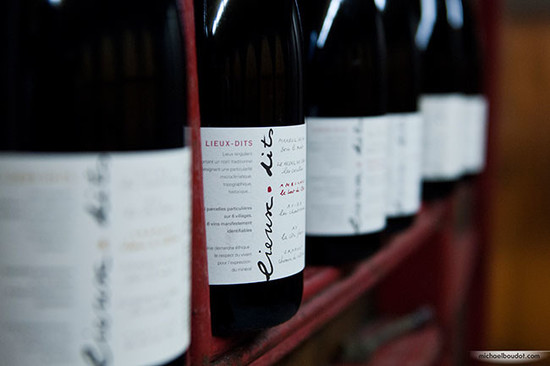
My classroom sits in the basement of a cellar at ASC Fine Wines, so wine labels are almost everywhere and students can easily compare the labels.
At a glance, labels of wines from the New World are not quite as complicated as the Old World because most are written in English and boldly show grape varieties. In the Old World background knowledge is required to tell what varieties most wines are made from such as Sancerre or Vouvray.
Having drunk so many glasses and studied so many labels in previous weeks’ lessons, I have learnt to understand more information in addition to just looking at the designs of a label.
The name of the producer or the brand is one of the most important pieces of information on a label and not just because some brands are loudly singing ‘I am expensive and exclusive’. The brand or producer of a wine is like an author to a book, and therefore states the style. Usually, when I like one writer, I come to like almost all of his or her works. For me, this is also true with wine brand/producer. Some are large-scale brands such as Jacob’s Creek or Yellow Tail, and others are created by distributors, such as Marks & Spencer’s St-Michael, or some are family producers such as Trimbach.
The vintage is particularly important for prestigious wines whose qualities and prices are impacted by climate and other conditions of a specific year. For example, for those who prefer young wines, 2010 is generally better than 2007 in much of France. My WSET educator showed a huge infographic saying which vintage in which region is outstanding. It takes knowledge of geography, climate studies and even financial markets to understand why some years are far better than others. And I guess that’s a reason for further study at Level 3 if I can pass Level 2.
Geographical Indications (GI) show the defining influence of an area on its grapes, the wines’ style, quality and flavour. Wines with GIs show they have unique flavour from permitted grapes varieties, vine growing and winemaking techniques. Take Italian wine with labels saying DOC or DOCG for example. They stand for legally protected GIs, meaning these wines are made within certain rules and have unique flavours that are hard to copy elsewhere.
The role of oak played in the winemaking process is also commonly noted on the wine label. To understand the influence of oak better, I tasted three wines, one unoaked Chardonnay from California, one oaked Chardonnay from Australia, and one Chardonnay with new barrel ageing from China.
As for the labels, they stated the barrels/barriques are ‘new’ so the wine has a quite obvious and pronounced oak flavour. The Australian ‘oaked’ wine has been in contact with oak staves or chips. I can sense the trace of oak but it is not very obvious. The ‘unoaked’ California wine shows no oak character, focusing on presenting the refreshing, fruity flavours. This information relating to oak influence can be quite important for consumers who are sensitive to oak flavours, and can found on the back label.
‘Organic’ indicates that the wine is made of grapes grown without synthetic fertilisers, pesticides and herbicides, or ‘biodynamic’, which refers to vineyard’s carrying out winemaking and grape growing activities according to biodynamic principles, which includes the positions of planets and stars.
Some terms are quite common but definitions are not fixed, and have no legal controls, such as ‘cuvée’, meaning blend but this does not clearly state the details of blending. ‘Vieilles vignes’, or ‘old vines’, are believed to give higher-quality grapes and lower yields. Some ‘old vines’ can be as young as 30yearsold, while others can be 120yearsold. How old is old enough remains undefined.
Some large-scale brand have labels stating “Limited Edition”, such as Chile’s largest producer Cono Sur which has ‘20 Barrels Limited Edition Sauvignon Blanc’, meaning the wines are of small batch, exclusive and representing higher qualities of the brands/producers’ products – though we were unsure the quantity of these wine. Reserve is also used on labels in the new world, but has no legal meaning.
Choosing a wine is becoming clearer, but there is still much to learn, so I may be listening to that handsome shop assistant a little longer.
Click to learn more about available WSET courses in China>>
All rights reserved by Future plc. No part of this publication may be reproduced, distributed or transmitted in any form or by any means without the prior written permission of Decanter.
Only Official Media Partners (see About us) of DecanterChina.com may republish part of the content from the site without prior permission under strict Terms & Conditions. Contact china@decanter.com to learn about how to become an Official Media Partner of DecanterChina.com.


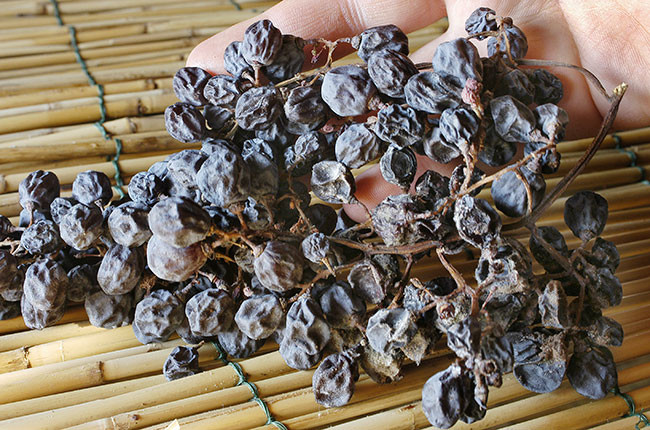
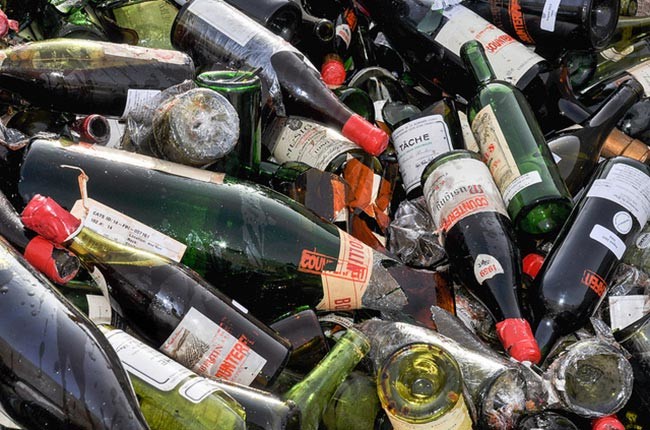
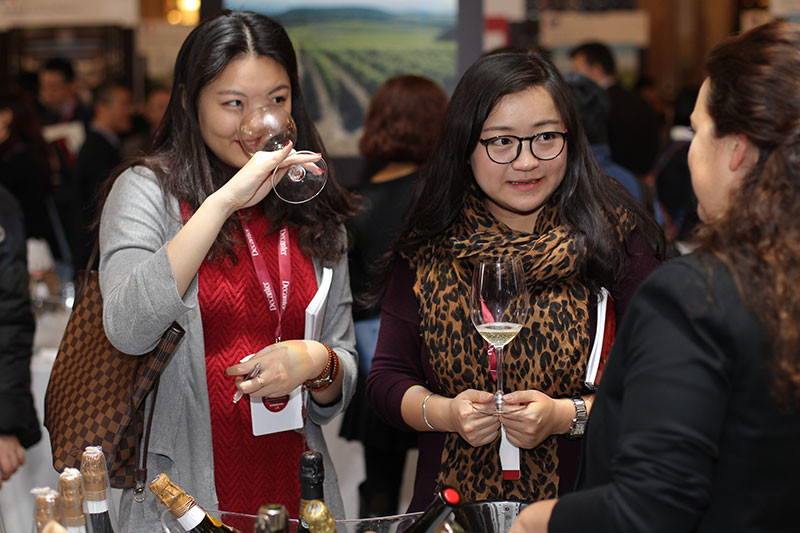
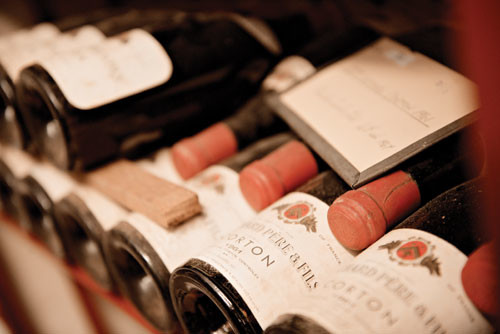
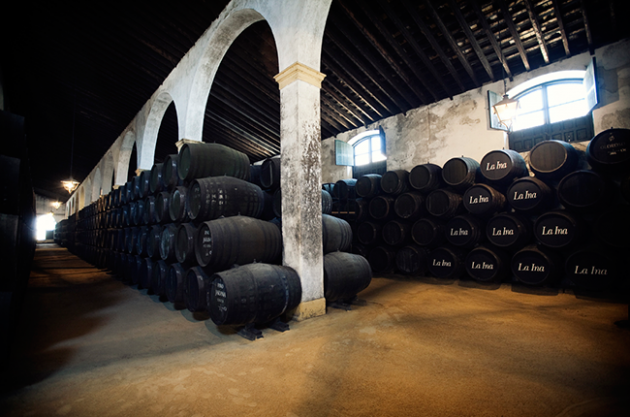
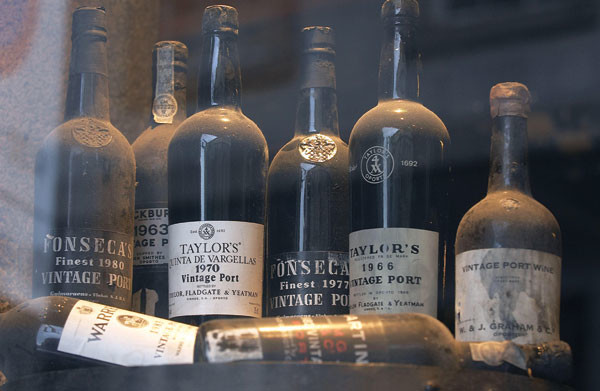
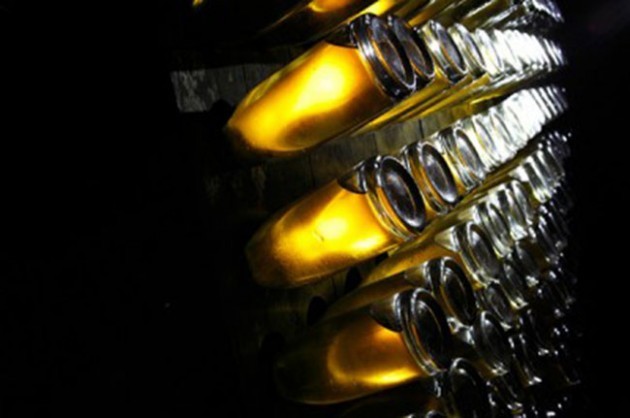
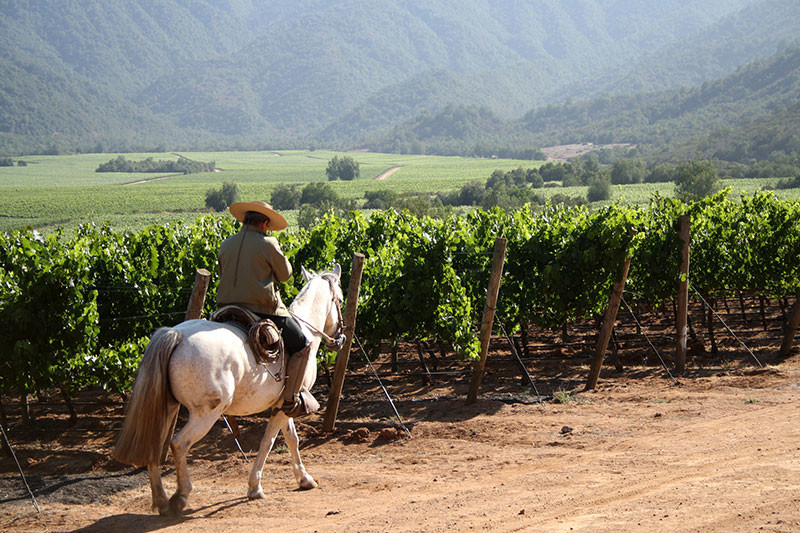
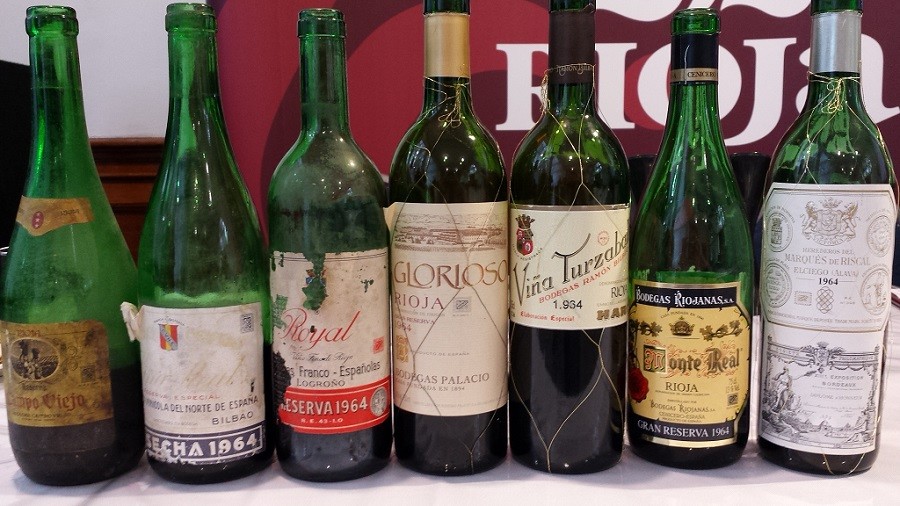
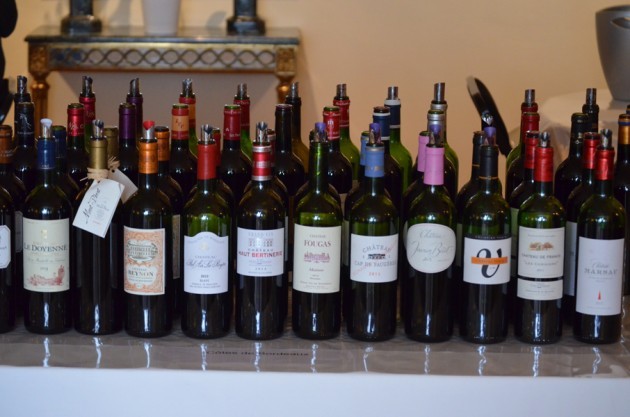
Comments
Submit